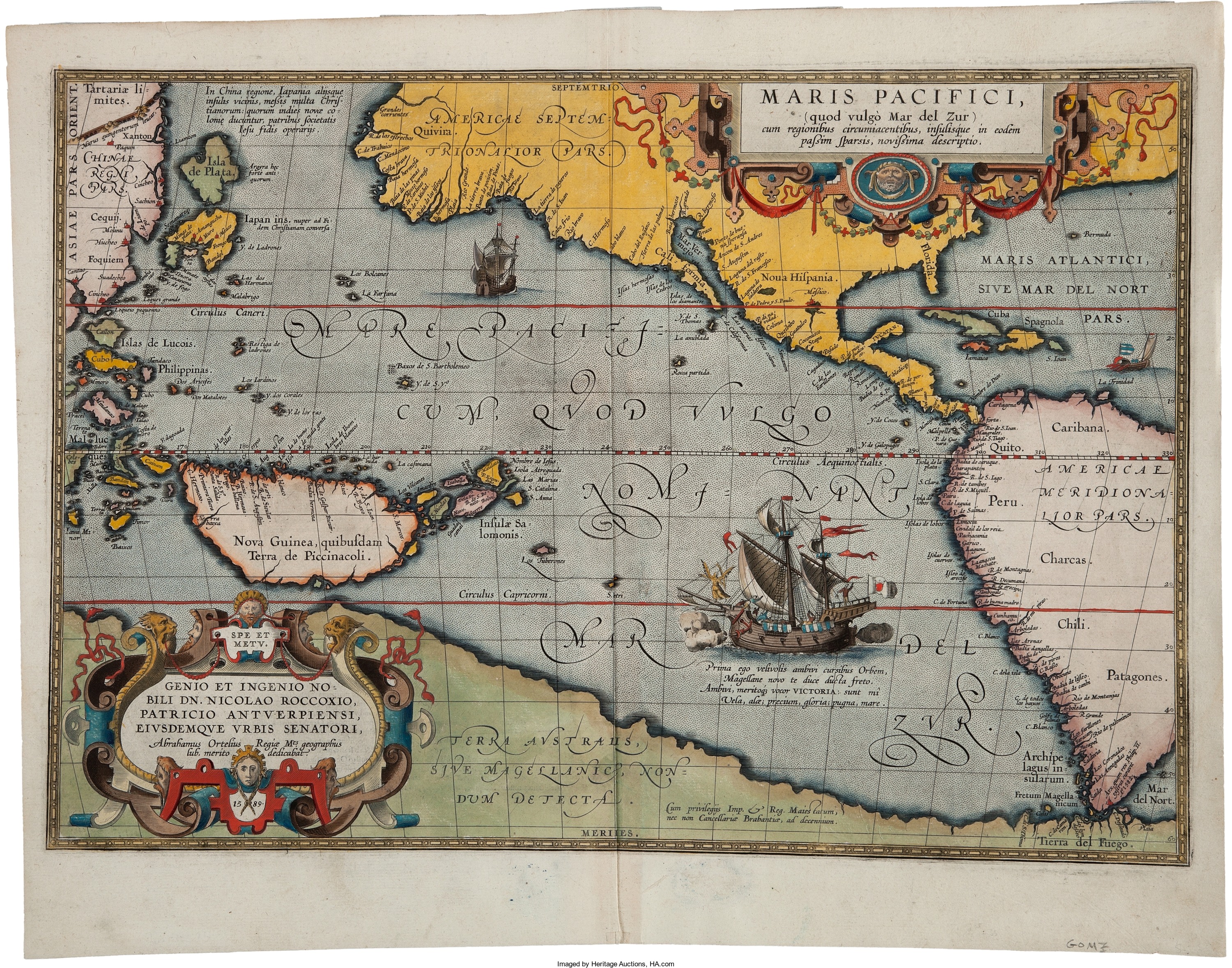
By Jim O’Neal
An author I have met (twice), Simon Winchester, just published a book, Pacific, which I was eager to read … until I saw the book review last October in The Wall Street Journal by Roger Lowenstein (ugh). However, a local critic judged it “superb,” so I may yet take a look.
My primary interest is due to the major role the Pacific Ocean has played in the history to date of our world and the growth in importance as Asia begins its dominance over the West in this century.
For starters it is big … very big.
Through the use of modern technology, we now know that it occupies 63.8 million square miles, 46 percent of Earth’s surface and it’s larger than all of the land areas combined. The Pacific Ocean also has slightly more than 50 percent of the world’s water by volume.
These are facts that were not known in the 15th or 16th centuries or even imagined by the bold sailors who ventured out in search of treasure (e.g. gold, spices, etc.).
In 1519, Portuguese explorer Ferdinand Magellan set off in five leaky boats in an effort to find a western route to the Spice Islands east of India, hence the name East Indies.
What he discovered was that between the Americas and Asia was a vast emptiness, more than anyone had ever imagined, or that was even thought possible on our “little planet.”
Today, we simply call it the Pacific Ocean.
It is likely that no one suffered more than Magellan and his crew as they sailed and sailed … in growing disbelief … across the Pacific in 1521. Since no one had anticipated just how vast this “endless ocean” really was, they had totally underestimated the provisions that were required.
As a result, they devised some of the most unappetizing meals ever served, à la rat droppings mixed with wood shavings. “We ate biscuit which was no longer biscuit, but powder of biscuit swarming with worms,” and “We also ate some of the hides that covered the mainyard … and often we ate sawdust from boards.”
According to the ships’ logs, they went three months and 20 days without fresh food or water. In the end, only 18 of 260 men survived the voyage, and even Magellan was killed in a skirmish with natives in the Philippines.
Eventually, they made it home – Juan Sebastian Elcano led the expedition back to Spain – and in the process they became the first people to circle the planet.
They were also the first people to realize just how big this planet is, and the dominant role played by the Pacific Ocean.
 Intelligent Collector blogger JIM O’NEAL is an avid collector and history buff. He is President and CEO of Frito-Lay International [retired] and earlier served as Chairman and CEO of PepsiCo Restaurants International [KFC Pizza Hut and Taco Bell].
Intelligent Collector blogger JIM O’NEAL is an avid collector and history buff. He is President and CEO of Frito-Lay International [retired] and earlier served as Chairman and CEO of PepsiCo Restaurants International [KFC Pizza Hut and Taco Bell].
